
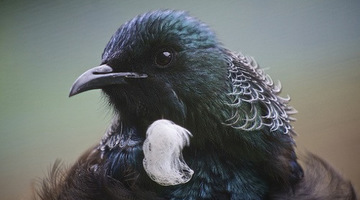
New Zealand is world famous for its unique birdlife. In our resources on conserving our native birds, we look at the issues surrounding the conservation of some of our threatened bird species ...
READ MORE

New Zealand native birds have been greatly affected by predation. For millions of years, they lived in an environment without natural predators. Many species developed traits like flightlessness ...
READ MORE

New Zealand separated from Gondwana around 65 million years ago. Due to the geographical isolation and a lack of ground-dwelling predators, our birds evolved unique characteristics. Flight was ...
READ MORE

In this activity, students play a card game that models the journey of a male pea crab (a parasite of green-lipped mussels) from his mussel host and back again. Purpose This activity will help ...
READ MORE
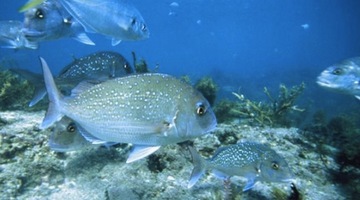
In this activity, students learn about habitats, and why and how animals and plants are best suited to particular habitats. By the end of this activity, students should be able to: define a ...
READ MORE
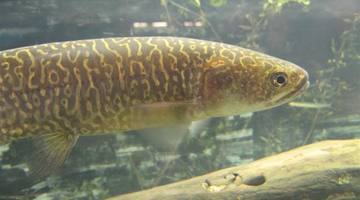
In this activity, students can test their knowledge of freshwater fish online or in a paper-based quiz. The quiz can be used as an introductory tool to gauge students’ prior knowledge, as a ...
READ MORE
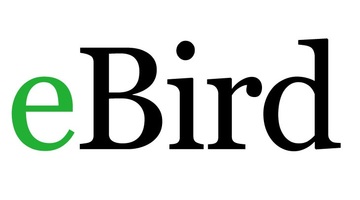
This comprehensive worldwide online citizen science (OCS) project collates bird species, numbers, locations and times of sightings into a large database. You can create a class as a user and, by ...
READ MORE
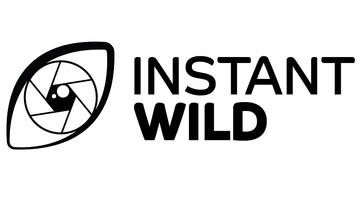
Instant Wild is an initiative by the Zoological Society of London. Photos or videos of animals are recorded using hidden cameras in a range of worldwide locations. The aim is to increase the ...
READ MORE
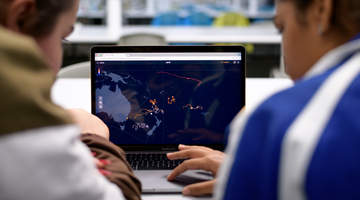
Although invisible to the naked eye, marine microbes drift continually in our ocean systems, quietly consuming up to 50% of the Earth’s CO2 through photosynthesis and producing nearly as much ...
READ MORE

New Zealand is well known for its unique bird life. Our endemic birds evolved in an isolated, island environment. The arrival of people, the deliberate and accidental introduction of mammalian ...
READ MORE
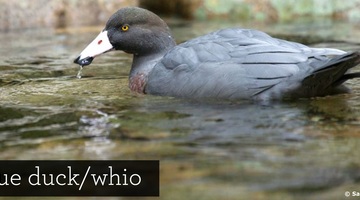
In this recorded professional learning session, Shanthie Walker from DOC and Lyn Rogers explore why the whio/blue duck is so important to New Zealand. They use the Department of Conservation Whio ...
READ MORE

In this recorded professional learning session, Shanthie Walker from DOC and Lyn Rogers continue to explore why the whio/blue duck is so important to New Zealand and why it is so endangered. They ...
READ MORE
Dave Kelly the of University of Canterbury explains why native mistletoes are declining. He also talks about the research that he and Jenny Ladley carry out in Craigieburn Forest Park in the ...
READ MORE
The Rhabdothamnus plant relies on bellbirds and stitchbirds for pollination. Dave Kelly of the University of Canterbury explains that, where these birds are absent, the plants are not surviving ...
READ MORE
Dr Phil Battley, from Massey University, discusses how both internal and external satellite transmitters might affect godwits. He shares that internal transmitters worked better than external ...
READ MORE
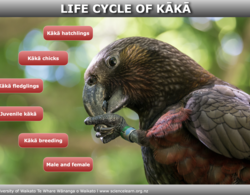
Explore the life cycle of the kākā from egg to adulthood by selecting the labels for further information.
READ MORE
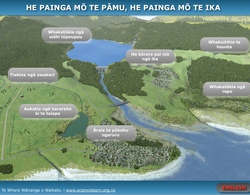
Tirohia ngā rautaki e ora tonu ai ngā arawai mō ērā kei te taha whakararo o te wai me ngā ika taketake, waihoki ka whaihua hoki ngā pāmu, e kore ai hoki e heke iho ngā putanga. Hei tirotiro i te ...
READ MORE

Find out how we can work as scientists to learn more about the birds in our rohe – and how we can make them count! Please check the speaker notes that accompany the slides. They contain activity ...
READ MORE